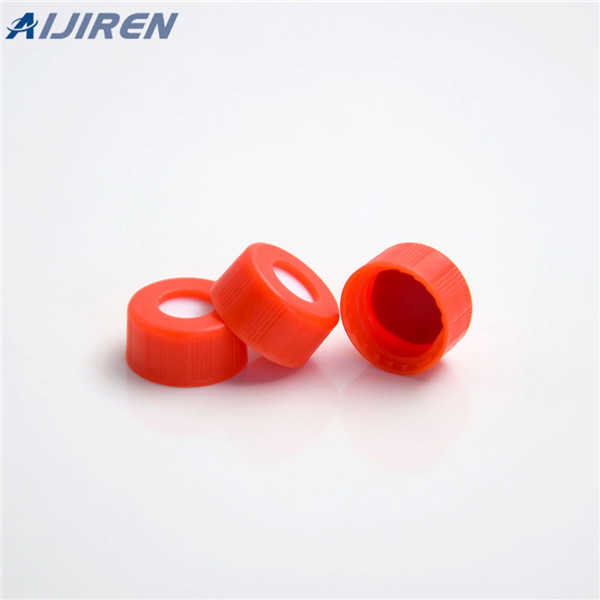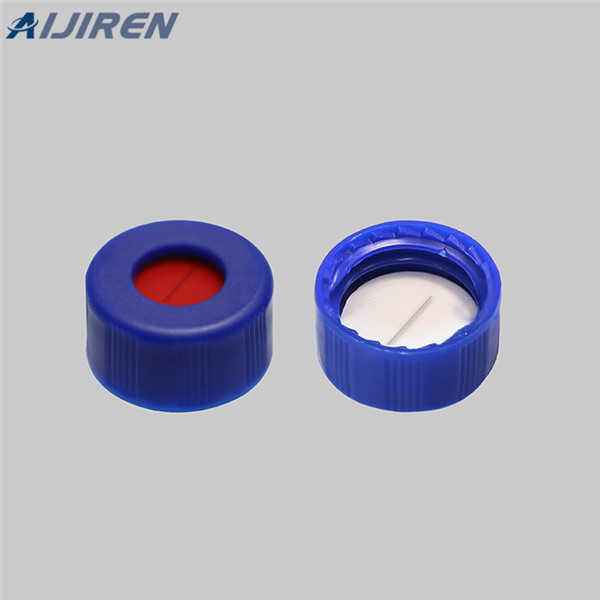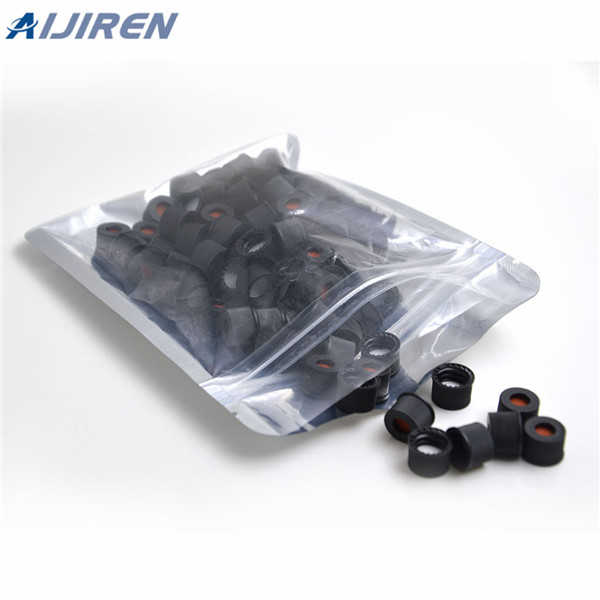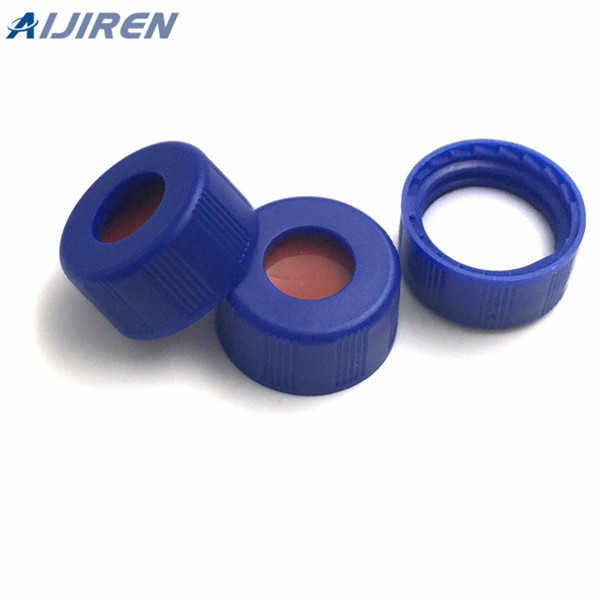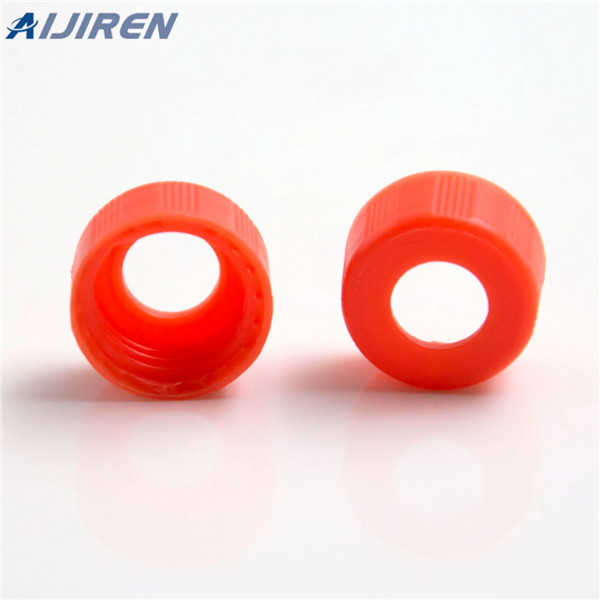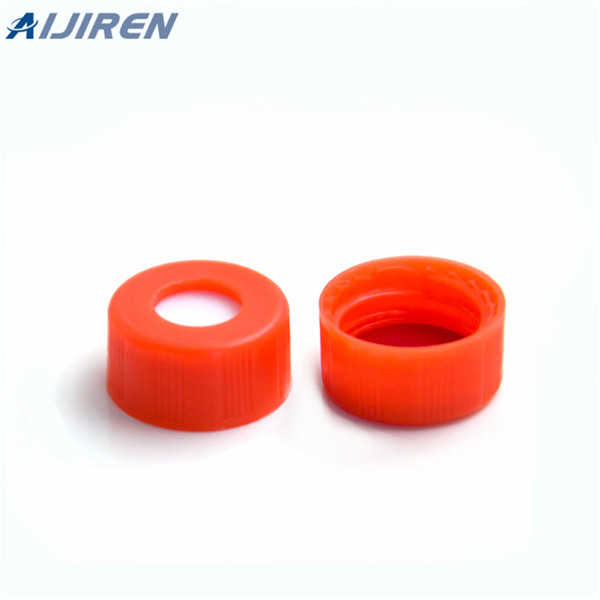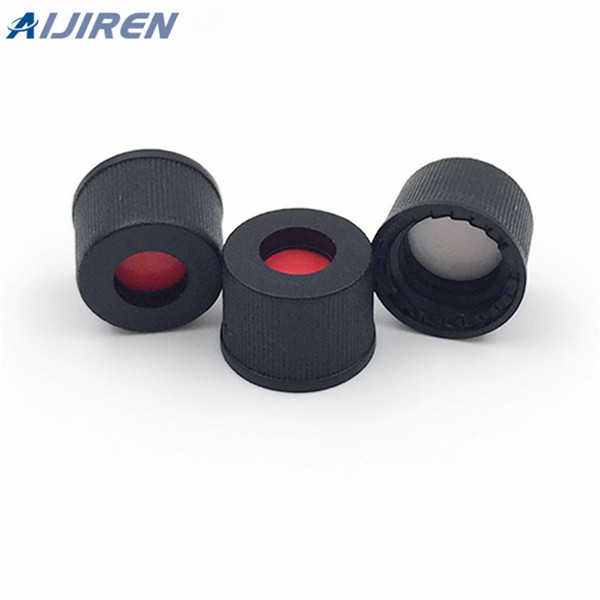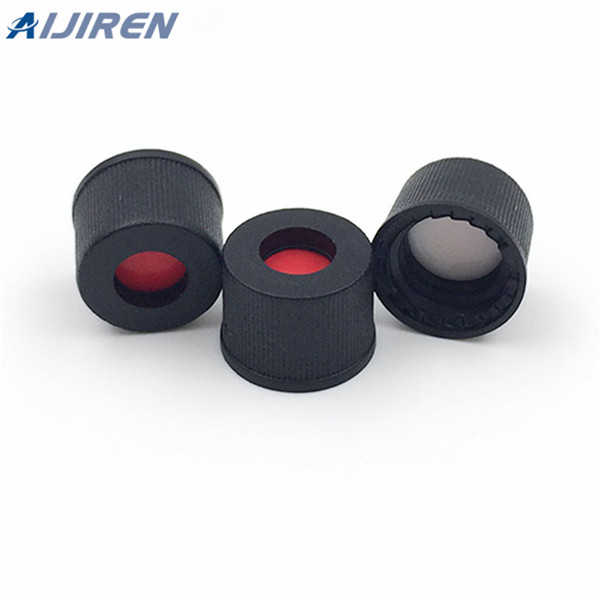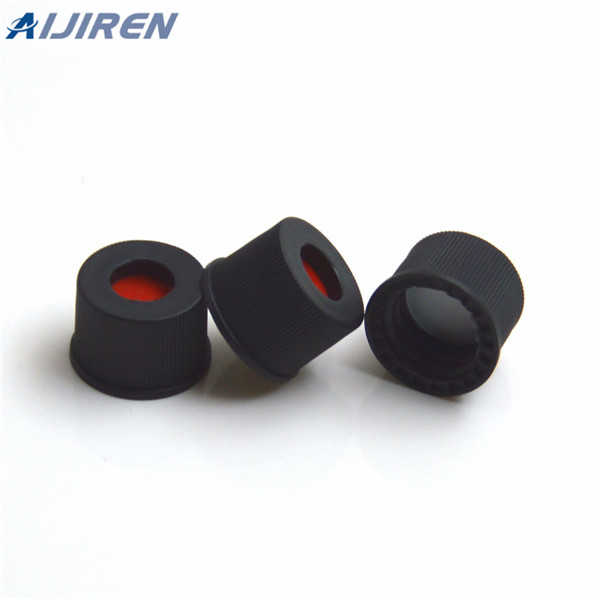Septum for lab experiments
-
Sep 6, 2021 · For photometry experiments, a TeleFipho fiber-optic cannula (fiber core at 400 μm / NA 0.39, cladding at 425 μm, ferrule diameter at 2.5 mm; Amuza Inc) was implanted over the vHPC (coordinate at
-
Sep 12, 2022 · Experiments with strains defective in sPG biogenesis revealed that the septal architecture and mode of division can be modified to more closely resemble that of other Gram-negative (Caulobacter
-
A septumor rubber septum, sometimes referred to as sleeve septumor seal septum(plural: septa) is a chemically resistant rubber membrane used in labs often in air-free techniques for the transfer of a substance (usually liquid or gas) without contact with air, usually using a syringewith needle.
-
We need to convert our temperature of boiling water Celsius to Kelvin (T=°C+273), we obtain our mass (m) by subtracting mass of flask+ rubber septum+ condensed liquid by mass of an empty flask + rubber septum in (g), we are already told by our lab manual and instructor that our R constant is 0 L⋅atm/mol⋅K, and we convert our
-
Jul 22, 2023 · Use convex glasses. a. Hold a common straight pin at arm's length in front of one eye. b. Slowly move the pin towards the eye until the pin image become distorted. c. Have your lab partner use a metric rule measure the distance in centimeters from your eye to the in at this point, record the distance.
-
Figure 1.32: a+b) Alternative way to hold a hot flask and attach the rubber septum, c) Flushing a reaction flask with a gas balloon, d) Close-up of the "exit needle." 10. If a mass is required of the empty flask, remove the inert gas balloon (insert the needle into a rubber stopper) and obtain the mass of the cool, empty flask with septum.
-
Experiment 5: Virtual Model – The Heart Coloring Activity Insert screenshot of the myocardium: Post-Lab Questions. What component of the heart separates the left and right ventricles? The name of the component that separates the left and right ventricles is the interventricular septum.
-
Medial septum neurons (magenta) in the center of a mouse brain slice. Image credit: Xiaoting Wu / Nancy Pritzker Laboratory Led by Wu, the researchers focused on a teardrop-shaped cluster of neurons near the very center of the brain — called the medial septum — which they showed to be particularly active during social encounters between two
-
I-Chem. Replacement polypropylene open top closures have a bonded-in 0.045” thick septa except for 1709B03, which is a 24-414 open top closure without septa. Choose an I-CHEM® 0.125” thick, 22 mm, PTFE silicone replacement septum to complete the closure system. Thin septa are also available. Compare this item.
-
Purification of compounds that are either synthesized in the lab or that have been isolated from sources in nature is a very important part of organic chemistry. A variety of methods may be used including distillation, sublimation, extraction, different kinds of chromatography and recrystallization. The basic process of recrystallization involves
-
Maximum temperature 400°C. Long injection life septum typically achieves 400 injections without failure, when used with a rounded-tip (Aijiren-style) needle and autosampler or needle guide. Ideal for standard manual-injection GC and GC/MS. 3 mm. Compare this item.
-
Sep 2, 2023 · On the middle bottle place the cap with two straw holes. Leave the third bottle without a cap. Carefully slide the straws through the bottle caps. Place clay or play dough around the straw bases on the middle bottle to make an airtight seal with the bottle cap. You are now ready to put your heart model to work!
-
Rinse and return septum. Procedure 2: 2,4-Dinitrophenylhydrazine (2,4-DNPH) test (ketones) 1. Add one drop of reagent-grade acetone to 500 μL of the DNPH reagent in a small test tube. 2. Stopper the tube with a small rubber septum, shake the test tube and let the mixture stand for 15 minutes. Carefully record your observations.
-
laboratory explosion involving the mixing of nitric acid with an organic solvent. Flying glassware and shrapnel have injured laboratory personnel when the fume hood has exploded. Laboratory personnel have also suffered inhalation injuries from the release of nitrous fumes. The destruction of old fume hood panels made of transite could lead to the
-
Septa. A wide range of serrated and non-serrated septa, and sleeve stoppers are available for use as temporary closures for glassware joints, tubes, bottles, NMR tubes, ampules, and cannulation techniques in air-sensitive chemistry. To protect your valuable contents in the vessels or containers from the atmosphere, our range of septa provide
you can contact us in the following ways.

